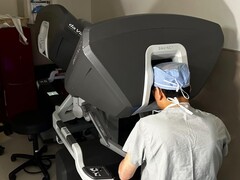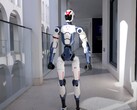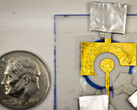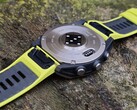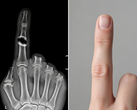Surgeons at Baylor St. Luke’s Medical Center performed the first fully robotic adult heart transplant in the United States. Lead surgeon Dr. Kenneth Liao used a surgical robot to make several small incisions instead of splitting the breastbone. The team then inserted the donor heart through the preperitoneal space, keeping the chest wall intact.
This less invasive approach cuts bleeding, reduces transfusion needs, and lowers infection risk—crucial for transplant patients on lifelong immunosuppressants. It also preserves respiratory mechanics, so patients can get moving and start rehab sooner.
The 45-year-old recipient had been in the hospital with end-stage heart failure since November 2024 and relied on multiple mechanical supports. He received the robotic transplant in March 2025, spent about a month recovering, and went home without complications.
Robotic systems already help with valve repairs and coronary bypasses. However, using them for transplantation requires exact vascular connections and quick ischemic times. The robot’s articulated arms gave surgeons extra reach for delicate suturing in tight spaces.
If larger studies confirm similar or better graft survival and faster recovery, robotic heart transplants could replace open-chest surgery.
Source(s)
Baylor College of Medicine (in English)




